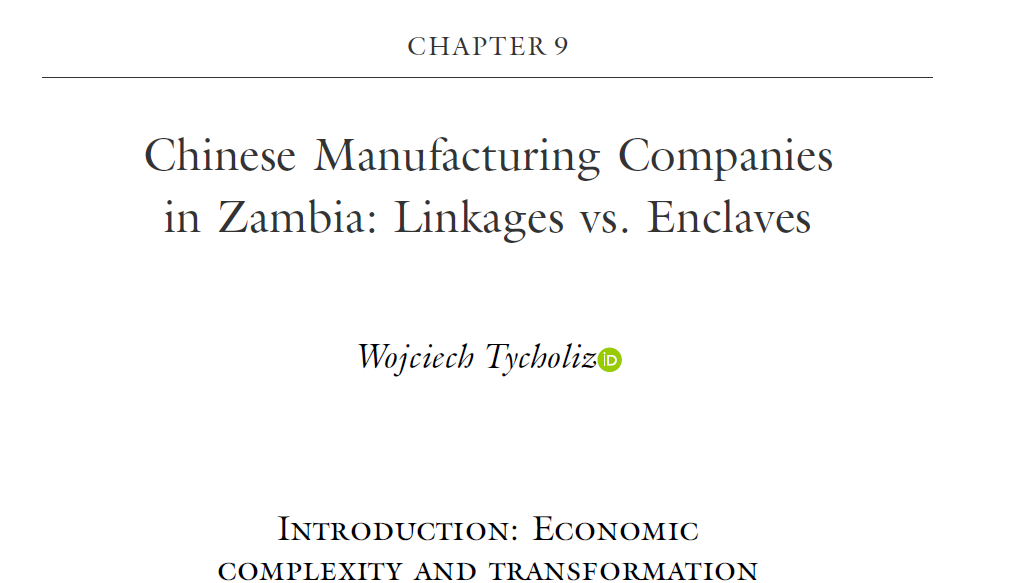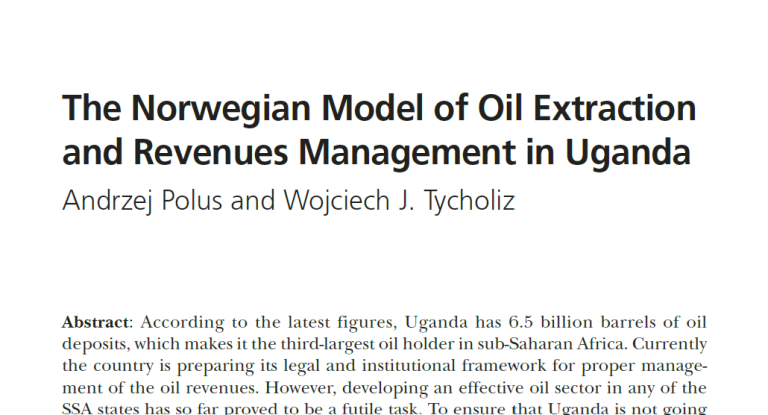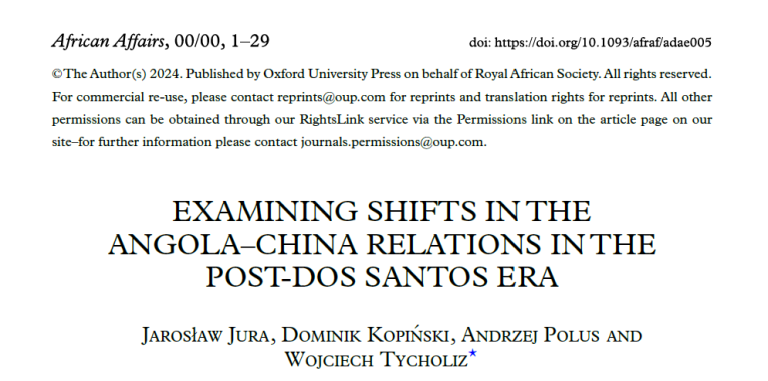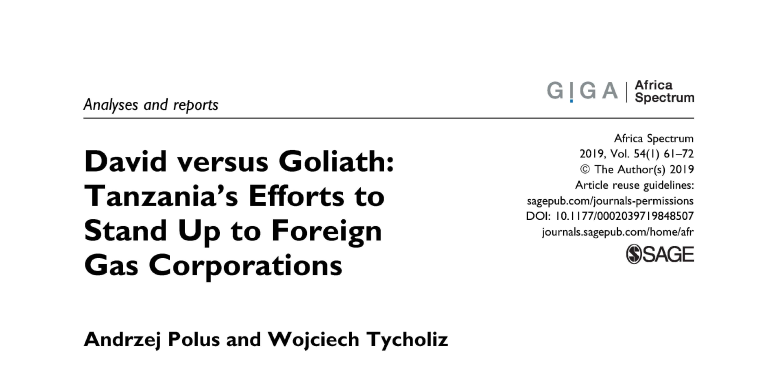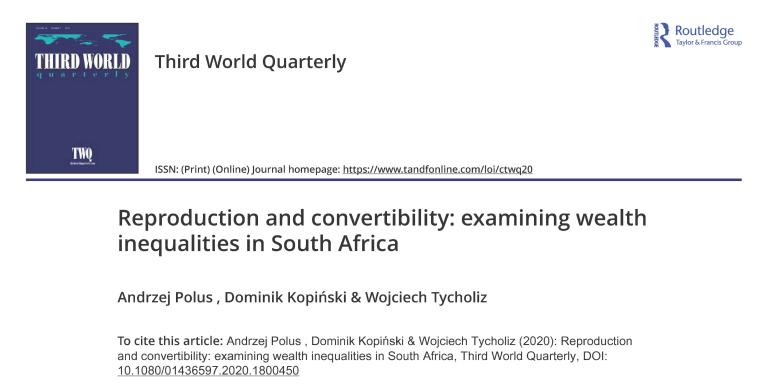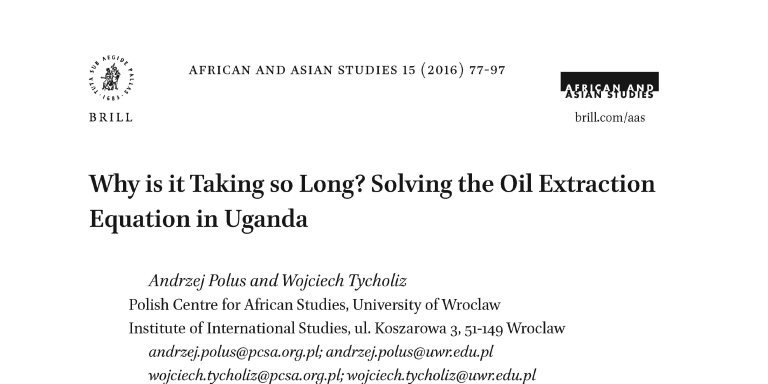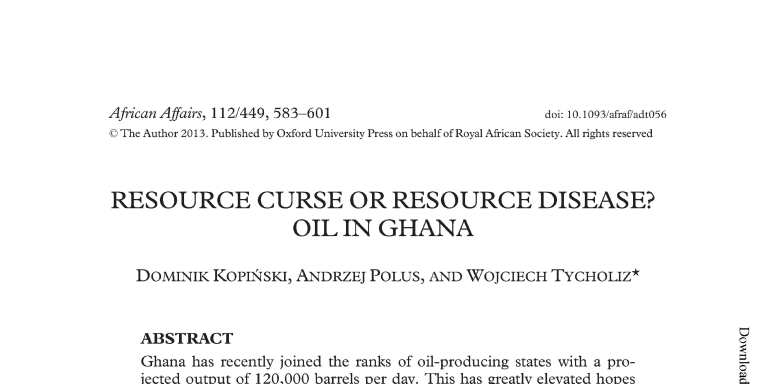Chinese Manufacturing Companies in Zambia: Linkages vs. Enclaves (2023)
Introduction
Current assumptions about the transformative role of Chinese invest-ment seem insufficiently concerned with the historical industrial trajectory and path-dependency of African countries. These factors have not only determined the present industrial profiles of many of these countries— including the subject of this chapter, Zambia—but are likely to shape their economic structures going forward. This situation can be illustrated using the Economic Complexity Index (ECI) developed by Hidalgo et al. (2007), and Hidalgo and Hausmann (2009), which postulates that coun-tries improve their ECI by accumulating productive capabilities, thereby shifting from low to higher complexity products. Countries with higher economic complexity are generally able to produce a more diverse array of products. Zambia’s development trajectory has, however, followed a path-dependency process, with its economic structure constructed around copper mining (Kragelund 2009). This, coupled with largely failed attempts to diversify the economy (Chitonge 2016), has meant the country has not achieved the level of economic complexity required for structural change.
Countries with more developed manufacturing sectors tend to have higher ECI ratings and are more developed—for instance, in 2021 Japan, Switzerland and Germany had an ECI rating of around 2.0, whilst Tanzania and Nigeria had ECI ratings of –1.09 and –1.53 respectively. With an ECI rating of –0.74, Zambia ranks 107 out of the 133 coun-tries assessed, its economic complexity over recent years either stagnant or falling (OEC 2022) (see Fig.
9.1).
This chapter seeks to highlight this challenge through focusing on backward spillover effects attributable to interactions between foreign firms and their domestic suppliers. Not only is this ‘the right place’ to look for spillover effects (Javorcik 2004), it represents the most promising spillover channel in the African context, as it offers the highest potential for multiplier effects. Long ago, Markusen and Venables (1999) pointed out that foreign direct investment (FDI) can act as a catalyst for the development of local industry. Over time, this may boost industrialisation, as evidenced in the case of Malaysia (Rasiah 1995). By contrast, the worker mobility channel explored by a number of studies (Görg and Strobl 2005; Auffray and Fu 2015) offers little hope for spillovers in Sub-Saharan Africa, due to the pay gap between foreign and local firms (Morrissey 2012) and limited worker mobility (Calabrese and Tang 2020). Given their relative distance from the technological frontier, African countries are understandably interested in benefitting from back-ward spillover effects. Nevertheless, guided by the literature (Morrissey 2012), and informed by our fieldwork in Zambia, we posit that linkages— the term credited to Albert Hirschman (1958) to denote relationships within industries—rather than spillover effects should be central to our analysis. Linkages are not only a prerequisite for spillover effects but hold the key to structural transformation in a low-income country such as Zambia. This, in fact, is precisely what Morrissey postulates when he says that ‘linkages facilitate spillovers and provide benefits themselves, while learning associated with spillovers increases the benefits of linkages’ (Morrissey 2012,p.27).
Keywords:
FDI, Zambia, China, manufacturing, linkages, spillover effects, enclaves
To cite this article:
Wojciech Tycholiz (2023) “Chinese Manufacturing Companies in Zambia: Linkages vs. Enclaves”, in D. Kopiński, P. Carmody, I. Taylor (eds.) The Political Economy of Chinese FDI and Spillover Effects in Africa. London: Palgrave Macmillan, pp: 217-244.
Unfortunately, this chapter is not available in Open Access (yet).
